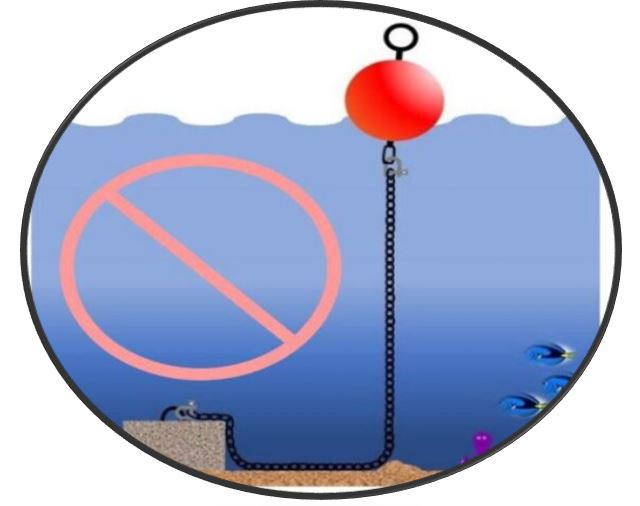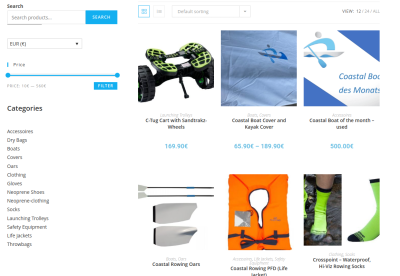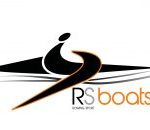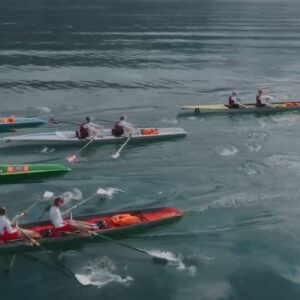A lot has changed in coastal racing over the last 4 years. Part of the change has been GPS buoys for coastal rowing regattas: revolutionizing watersports and rowing racing at sea? GPS racing buoys have transformed the racing landscape with their innovative technology and precise course marking. GPS buoys were used at the 2008 Olympic Games in Beijing and 2012 in London. They have proven their worth.
Normally, regatta courses for rowers, sailors or surfers have to be measured at great expense and the regatta buoys and turning marks fixed to the ground with anchors or concrete slabs. GPS racing buoys have transformed the racing landscape with their innovative technology and precise course marking. Compared to conventional fixed buoys, they offer numerous advantages: In a nutshell, GPS racing buoys work at the touch of a button. The desired position is entered, usually via a web-based application, and the buoy moves independently to its position. Electric motors keep it in position autonomously for up to 24 hours, regardless of water depth or ground conditions. Here are the advantages:
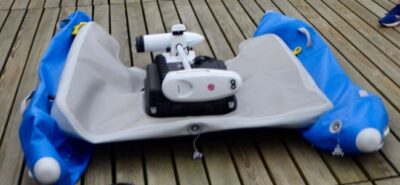
More efficient regatta management: Until now, buoys had to be managed by up to 2 motorboats with 2-3 crew members, who, depending on the depth of the lake, sometimes had to anchor buoys at a depth of 5-6 meters and, after the regatta, had to crank up the anchors again in hard backbreaking work. GPS buoys enable more efficient and cost-effective regatta management. As the buoys do not have to be anchored, the number of helpers and boats required can be reduced.
Precise positioning: GPS buoys use satellite technology to determine their position with maximum accuracy. This eliminates the uncertainties and inaccuracies associated with traditional buoys, which can be affected by wind, currents and other factors.
Short-term course changes, dynamic course setting: Many GPS buoys are ready to go within 5-10 minutes. With GPS buoys, race

organizers can create courses that adapt to wind conditions and other factors. This allows for more dynamic and exciting racing as boats have to sail a constantly changing course.
Simplified course finding: Coastal rowers can see the position of the GPS buoys in real time on their navigation devices. This makes it easier to find the course and reduces the risk of collisions or grounding. This is a great advantage, especially in endurance races with long stretches.
GPS buoys for coastal rowing: Contribution to the environment:
According the US government, Coral reefs and seagrass beds are among the most biologically diverse ecosystems in the ocean, including along the coast. They provide an important habitat for marine life – corals, manatees, sea turtles and a variety of fish and invertebrates. An environmentally friendly buoy or mooring system can help preserve these ecosystems.
Improved safety: GPS buoys can be equipped with additional features that improve the safety of rowers. These include, for example, distress signals that can be activated in the event of a capsize or other emergency. Examples of what we can already see in sailing today and can also imagine for the future:
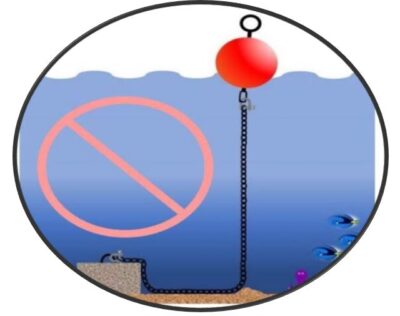
There is a bright future for GPS regatta buoys: Marking the start and finish area: the buoys clearly define the start and finish area of the regatta course.
- Marking turning points: The buoys mark course changes and turning points along the race course.
- Establishment of exclusion zones: GPS buoys can be used to cordon off dangerous areas or areas with restricted access.
- Data collection for analysis: The position data collected by the buoys is used to analyze sailing performance and compile statistics. Future generations of buoys could be equipped with even more functions, such as
- Interactive course markers: The buoys could display information such as wind direction and strength in real time.
- Virtual reality integration: Sailors could experience the race course in a virtual environment.
- Autonomous course setting: The buoys could autonomously create courses based on algorithms and weather data.
GPS racing buoys are already contributing to more exciting, safer and more efficient regattas. As the technology develops, they will play an even more important role in sailing in the future.astic mooring lines is not new. Recreational boaters have been using the concept, known as eco-mooring, for some time.

